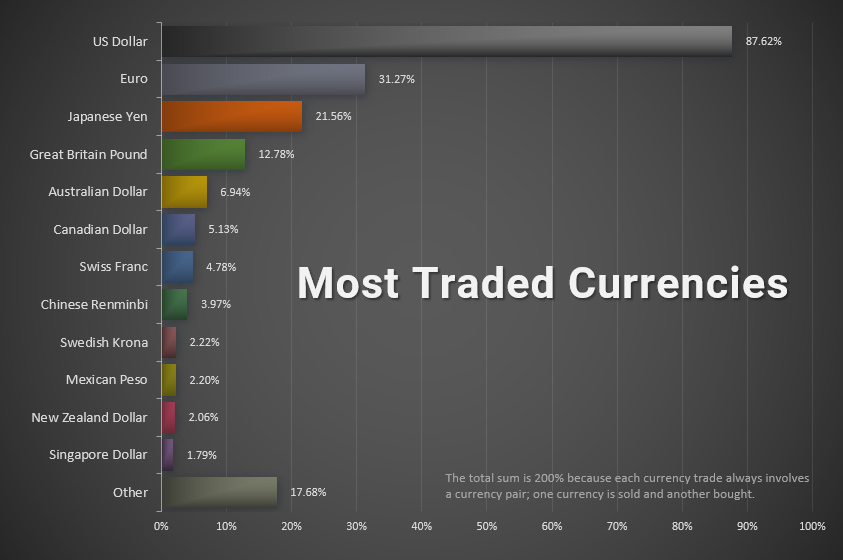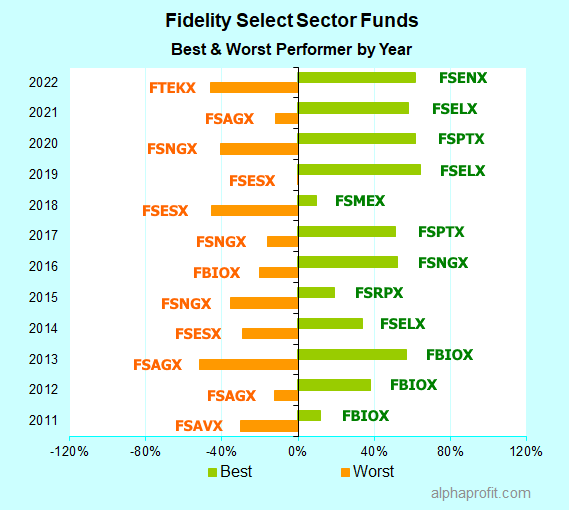
What does the term call mean in stock market? A call refers to a type of option where the buyer stakes money on whether or not a stock will go up or down. Apple stock is $145. A call option buyer buys the right for the stock to be purchased at a higher level, such as $147. However, the buyer does not have to buy the stock even if the stock's price goes up.
Position available for short-term calls
A short call position on the stock market is different than a long option. A long call trader might be able to sell shares if the price rises but a shorter call trader must keep a bearish view of the underlying stock. The short call trader would lose out on his or her investment, as the underlying stock price can go to infinity. However, the short trader would still have 100 short shares.

Strike price of a Call Option
Strike price for a call option on the stock market refers to the price at which a buyer may exercise the option and purchase the underlying securities. The buyer must complete the transaction by the expiration date. The seller of a option call must have the cash, underlying security and margin capability to complete the transaction. Most call sellers assume that the price for the underlying stock will remain flat or fall. The buyer of the option will receive cash if the underlying stock price rises above the strike.
Time value for a call option
The time price of a call is the premium an investor is willing to pay in excess of the intrinsic stock or futures value before the expiration. It is the hope of the investor that the asset will appreciate before the expiration date. The higher the time value, the longer the period. In addition, other factors, such as the risk-free interest rate or dividends, have less of an effect on the time value than the intrinsic value of the option.
Exercise of a call options
An option to exercise in the stock market allows a buyer to exercise his right to convert the option into the underlying stock. This will result in the loss of any intrinsic value. You can also sell the call option, and then sell the extrinsic values back to the market. This yields the same result. It is important to be aware of the risks and limitations of each option before you make a decision.

Time value of a put option
A put option is an investment that pays a premium for each decrease in price of the underlying stock. That is, if XYZ's stock price falls by 50%, then the seller will get $200. But, the buyer will only get $45 if its stock remains above the strike. This strategy is risky and should only be used if a person doesn't have the cash to buy a stock. The downside to a put is the fact that it has very little upside. A buyer of a put can lose up to the total cost of the put. A put buyer could lose all or part of his initial investment, depending on how volatile the stock is.
FAQ
How can someone lose money in stock markets?
The stock market is not a place where you make money by buying low and selling high. It's a place you lose money by buying and selling high.
The stock exchange is a great place to invest if you are open to taking on risks. They may buy stocks at lower prices than they actually are and sell them at higher levels.
They expect to make money from the market's fluctuations. But they need to be careful or they may lose all their investment.
What are the advantages of owning stocks
Stocks can be more volatile than bonds. When a company goes bankrupt, the value of its shares will fall dramatically.
If a company grows, the share price will go up.
In order to raise capital, companies usually issue new shares. This allows investors the opportunity to purchase more shares.
To borrow money, companies use debt financing. This allows them to borrow money cheaply, which allows them more growth.
When a company has a good product, then people tend to buy it. Stock prices rise with increased demand.
As long as the company continues producing products that people love, the stock price should not fall.
What's the difference among marketable and unmarketable securities, exactly?
The main differences are that non-marketable securities have less liquidity, lower trading volumes, and higher transaction costs. Marketable securities, however, can be traded on an exchange and offer greater liquidity and trading volume. Because they trade 24/7, they offer better price discovery and liquidity. But, this is not the only exception. There are exceptions to this rule, such as mutual funds that are only available for institutional investors and do not trade on public exchanges.
Non-marketable securities tend to be riskier than marketable ones. They are generally lower yielding and require higher initial capital deposits. Marketable securities are typically safer and easier to handle than nonmarketable ones.
For example, a bond issued by a large corporation has a much higher chance of repaying than a bond issued by a small business. The reason is that the former will likely have a strong financial position, while the latter may not.
Because they can make higher portfolio returns, investment companies prefer to hold marketable securities.
Statistics
- "If all of your money's in one stock, you could potentially lose 50% of it overnight," Moore says. (nerdwallet.com)
- Individuals with very limited financial experience are either terrified by horror stories of average investors losing 50% of their portfolio value or are beguiled by "hot tips" that bear the promise of huge rewards but seldom pay off. (investopedia.com)
- US resident who opens a new IBKR Pro individual or joint account receives a 0.25% rate reduction on margin loans. (nerdwallet.com)
- Our focus on Main Street investors reflects the fact that American households own $38 trillion worth of equities, more than 59 percent of the U.S. equity market either directly or indirectly through mutual funds, retirement accounts, and other investments. (sec.gov)
External Links
How To
How to open and manage a trading account
To open a brokerage bank account, the first step is to register. There are many brokers that provide different services. There are some that charge fees, while others don't. The most popular brokerages include Etrade, TD Ameritrade, Fidelity, Schwab, Scottrade, Interactive Brokers, etc.
After opening your account, decide the type you want. Choose one of the following options:
-
Individual Retirement Accounts (IRAs).
-
Roth Individual Retirement Accounts
-
401(k)s
-
403(b)s
-
SIMPLE IRAs
-
SEP IRAs
-
SIMPLE 401 (k)s
Each option offers different benefits. IRA accounts have tax benefits but require more paperwork. Roth IRAs permit investors to deduct contributions out of their taxable income. However these funds cannot be used for withdrawals. SIMPLE IRAs can be funded with employer matching funds. SEP IRAs work in the same way as SIMPLE IRAs. SIMPLE IRAs are very simple and easy to set up. They enable employees to contribute before taxes and allow employers to match their contributions.
Finally, you need to determine how much money you want to invest. This is your initial deposit. Most brokers will offer you a range deposit options based on your return expectations. Based on your desired return, you could receive between $5,000 and $10,000. The lower end represents a conservative approach while the higher end represents a risky strategy.
Once you have decided on the type account you want, it is time to decide how much you want to invest. Each broker will require you to invest minimum amounts. These minimum amounts can vary from broker to broker, so make sure you check with each one.
After choosing the type account that suits your needs and the amount you are willing to invest, you can choose a broker. Before selecting a broker to represent you, it is important that you consider the following factors:
-
Fees - Be sure to understand and be reasonable with the fees. Many brokers will try to hide fees by offering free trades or rebates. Some brokers will increase their fees once you have made your first trade. Be cautious of brokers who try to scam you into paying additional fees.
-
Customer service - Look for customer service representatives who are knowledgeable about their products and can quickly answer questions.
-
Security - Look for a broker who offers security features like multi-signature technology or two-factor authentication.
-
Mobile apps: Check to see whether the broker offers mobile applications that allow you access your portfolio via your smartphone.
-
Social media presence - Check to see if they have a active social media account. It might be time for them to leave if they don't.
-
Technology – Does the broker use cutting edge technology? Is the trading platform user-friendly? Are there any issues when using the platform?
Once you have selected a broker to work with, you need an account. Some brokers offer free trials, while others charge a small fee to get started. After signing up you will need confirmation of your email address. Then, you'll be asked to provide personal information such as your name, date of birth, and social security number. You will then need to prove your identity.
After you have been verified, you will start receiving emails from your brokerage firm. It's important to read these emails carefully because they contain important information about your account. This will include information such as which assets can be bought and sold, what types of transactions are available and the associated fees. Keep track of any promotions your broker offers. These may include contests or referral bonuses.
Next, open an online account. An online account is typically opened via a third-party site like TradeStation and Interactive Brokers. Both of these websites are great for beginners. When you open an account, you will usually need to provide your full address, telephone number, email address, as well as other information. After all this information is submitted, an activation code will be sent to you. You can use this code to log on to your account, and complete the process.
Now that you've opened an account, you can start investing!